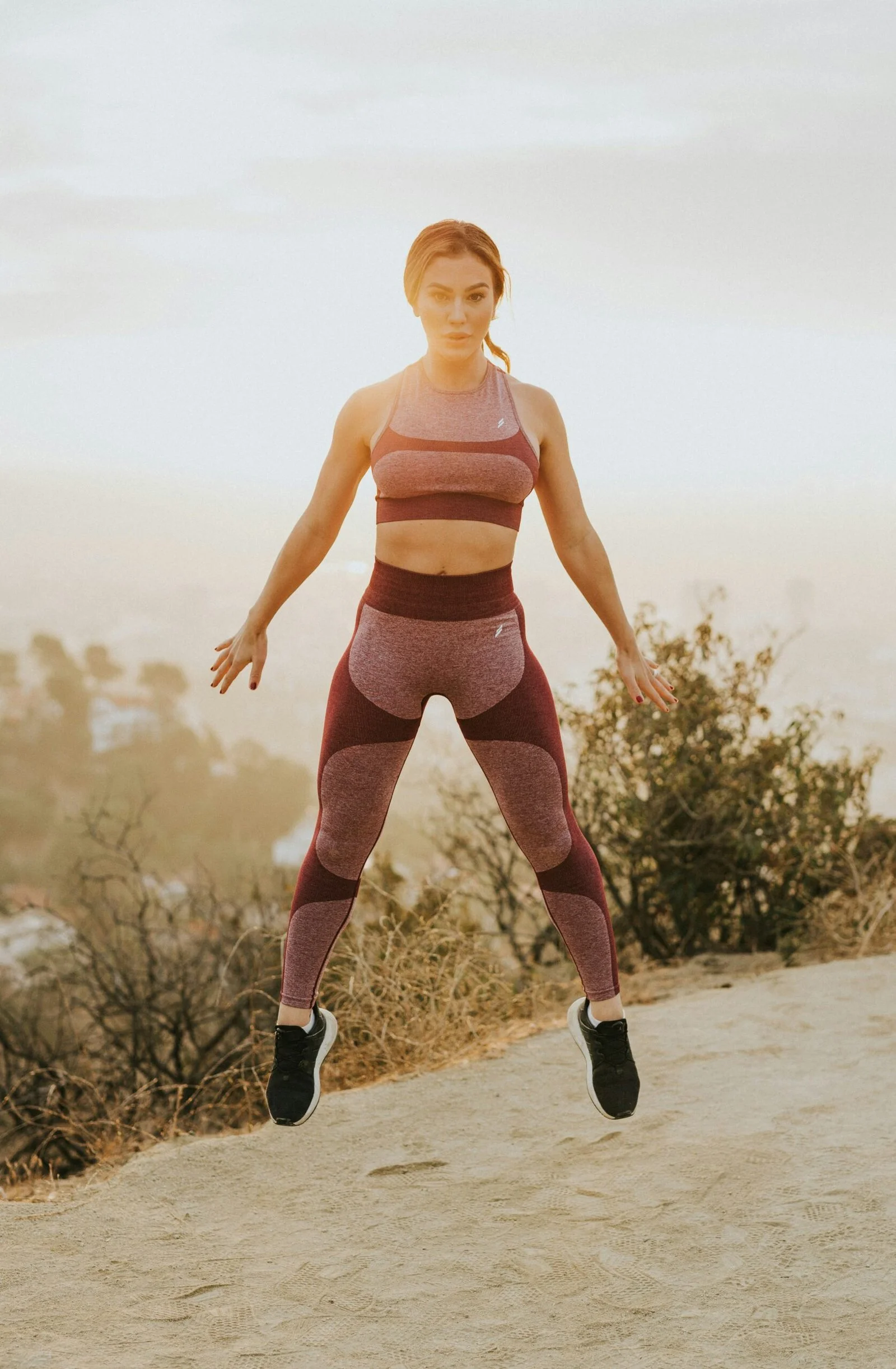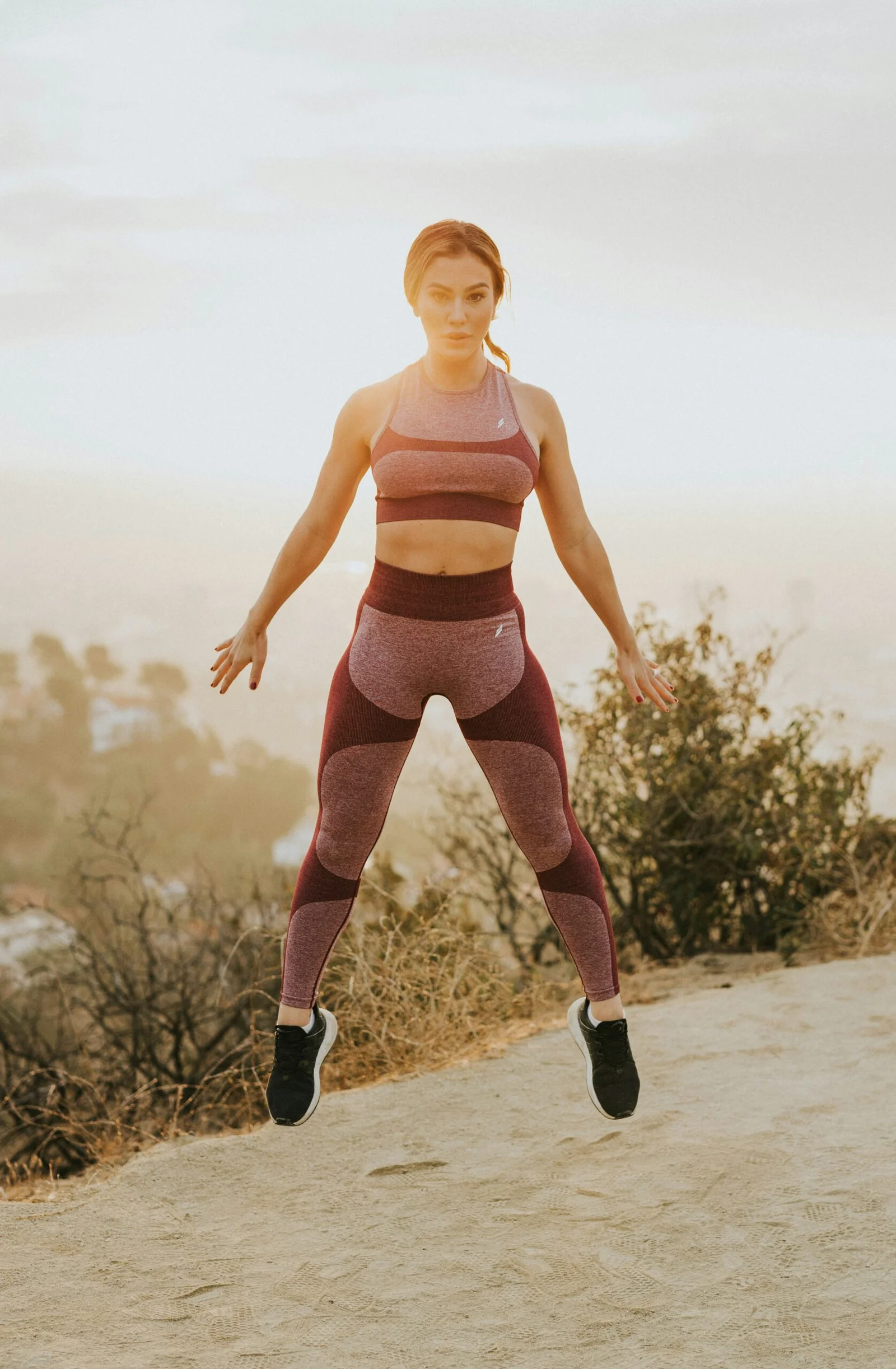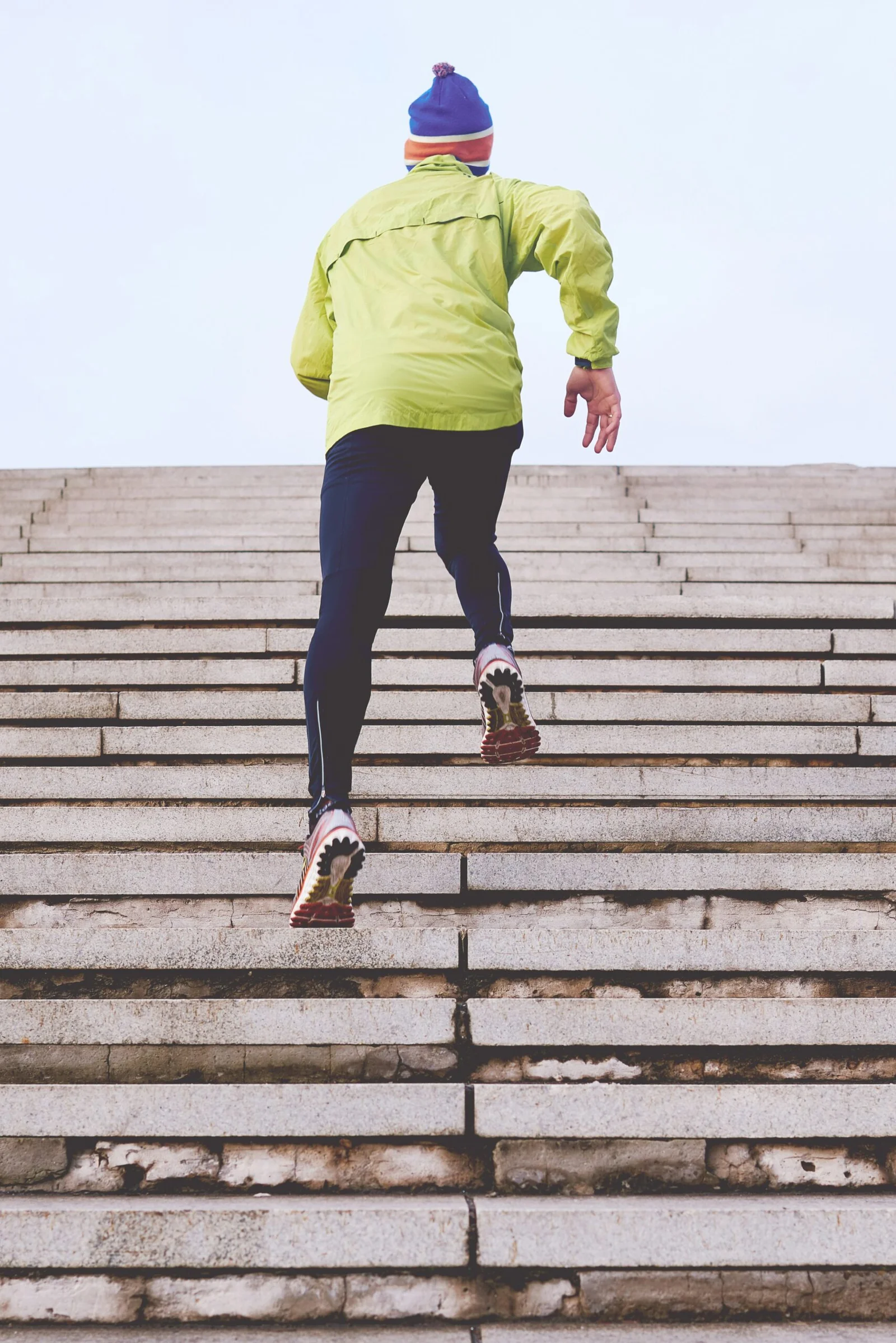Unlocking the Power of Full Body Exercises: A Deep Dive into Yoga and Pilates

Understanding Full Body Exercises
Full body exercises are physical activities that engage multiple muscle groups simultaneously, promoting overall strength, balance, and coordination. These exercises are distinct from isolated movements, which target specific muscles or muscle groups. Full body routines are designed to enhance functional fitness, allowing individuals to perform daily activities with greater ease and efficiency. This holistic approach is beneficial not only for building strength but also for improving cardiovascular health, flexibility, and muscular endurance.
Among the various forms of full body exercises, yoga and Pilates stand out as two effective methods that integrate physical and mental benefits. Yoga emphasizes flexibility, mindfulness, and balance, providing practitioners with techniques to manage stress while engaging in physical activity. It involves various poses and flows that require coordination and body awareness, making it an excellent choice for those looking to improve their overall fitness while nurturing their mental well-being.
Pilates, on the other hand, focuses on core strengthening and stability, with a strong emphasis on controlled movements. It enhances body awareness, alignment, and muscle toning. This form of exercise promotes functional strength, essential for maintaining good posture and preventing injuries. Both yoga and Pilates can be considered full body exercises because they foster the engagement of multiple muscle groups and promote a balanced approach to fitness.
Engaging in full body exercises is crucial for anyone seeking to achieve strength and flexibility holistically. By participating in activities that involve various muscle groups, individuals can expect to see improvements in their overall physical capabilities. Additionally, the mental benefits derived from practices like yoga and Pilates contribute to an enriched exercise experience, promoting a sense of well-being and mindfulness that goes beyond mere physical achievement.
The Benefits of Yoga as a Full Body Exercise
Yoga, with its rich history dating back over 5,000 years, has evolved into a multifaceted practice that caters to a diverse range of fitness needs. Among its various styles, Hatha, Vinyasa, and Ashtanga are particularly noteworthy for their ability to serve as effective full body workouts. Hatha yoga focuses on basic postures and breathing techniques, promoting physical endurance while instilling a sense of tranquility. Vinyasa, known for its fluid transitions and dynamic sequences, enhances cardiovascular fitness and muscular strength. Ashtanga offers a rigorous series of postures executed in a set sequence, delivering not only strength and flexibility but also cultivating discipline and concentration.
The physical benefits of yoga are profound. Regular practice enhances flexibility, allowing for a broader range of motion in the joints and reducing the risk of injury. Increased strength is another key outcome of yoga, as various poses engage multiple muscle groups, thereby promoting overall muscle tone and functional fitness. Furthermore, yoga fosters better posture by aligning the spine and reinforcing core stability, which is essential in mitigating the long-term effects of sedentary lifestyles.
Beyond the physical aspects, the mental health benefits of yoga cannot be overlooked. Practitioners often report significant reductions in stress levels and anxiety, attributing these improvements to dedicated mindfulness and breathing techniques. The meditative quality of yoga encourages self-awareness and mental clarity, leading to enhanced emotional resilience. Personal testimonials from yoga enthusiasts consistently highlight transformational journeys marked by increased peace of mind and a renewed sense of purpose.
In summary, the integration of yoga as a full body exercise reaps considerable physical and mental rewards, making it an invaluable addition to any fitness regime. Whether one seeks improved flexibility, strength, or mental well-being, yoga offers a holistic approach to health and wellness that continues to resonate across generations.
Exploring Pilates: A Comprehensive Approach to Full Body Fitness
Pilates, a method developed by Joseph Pilates in the early 20th century, emphasizes a holistic approach to fitness, targeting core strength, alignment, and controlled movements. Central to Pilates is the concept of core stability, which is vital for maintaining proper posture and supporting the entire body during physical activities. By focusing on the core, practitioners not only improve their strength but also enhance overall body awareness, which is essential for both athletic performance and rehabilitation from injuries.
The adaptability of Pilates makes it an excellent complement to other fitness routines. It can cater to various skill levels, from beginners to advanced practitioners. Each Pilates exercise can be modified to provide a suitable challenge, ensuring that individuals can progress at their own pace. This inclusivity allows Pilates to be accessible, whether one is recovering from an injury or seeking to enhance athletic performance.
Various Pilates exercises target different areas of the body while still promoting a comprehensive full body workout. For instance, the “The Hundred” engages the core while increasing circulation, whereas “Roll Up” aids in spinal articulation and flexibility. Additionally, moves like “Leg Circles” not only strengthen the legs but also improve hip mobility. Routine inclusion of these exercises fosters a balanced physique, enhancing muscular symmetry and coordination.
Moreover, one significant aspect of Pilates is its focus on rehabilitation. Pilates principles are widely recognized in physical therapy settings. The controlled environment allows practitioners to rehabilitate from injuries safely, using specific movements to avoid aggravating existing conditions. This rehabilitative focus underscores Pilates’ efficacy as a pathway to wellness, ensuring individuals achieve a stronger, healthier body while minimizing the risk of future injuries.
Creating a Balanced Routine with Yoga and Pilates
Integrating yoga and Pilates into a fitness routine not only enhances overall wellness but also promotes a balanced approach to physical activity. Both practices offer unique benefits, and when combined effectively, they can provide a comprehensive workout that addresses flexibility, strength, and mindfulness.
To create a balanced routine, it is essential to assess individual fitness levels and goals. A recommended approach is to dedicate specific days of the week to each practice. For instance, a schedule that includes three days of yoga, focusing on flexibility and mental clarity, alongside two days of Pilates, which emphasizes core strength and stability, can yield optimal results. This structure ensures that individuals can enjoy the distinct benefits of both disciplines without overwhelming themselves.
For those practicing at home, beginner-friendly sequences can be a great starting point. In yoga, consider integrating poses such as Downward Dog, Warrior II, and Child’s Pose, which promote strength and relaxation. In Pilates, basic exercises like the Hundred, Leg Circles, and the Roll-Up provide a strong foundation for core engagement. Online resources and instructional videos can facilitate the learning of these sequences, making it accessible for practitioners of all skill levels.
Additionally, attention must be given to the frequency and duration of workouts. Ideally, practitioners should aim for sessions lasting between 30 to 60 minutes, depending on time availability and energy levels. Spreading out workouts throughout the week, with rest or recovery days in between, can help prevent burnout and injuries.
Incorporating both yoga and Pilates into a fitness regimen fosters not only physical strength but also mental resilience, ultimately creating a harmonious and balanced approach to health and wellness.




